5 Indian festivals doctors can visit for a health break
M3 India Newsdesk Nov 19, 2021
Dear readers, through our articles on travel and lifestyle we want to emphasise the importance of taking breaks, travelling, and unwinding amidst nature. So, we give you information on specific places to visit for both, their experiential and therapeutic value. Through this write-up, we want to invite you to experience unadulterated living through five of India’s unique cultural festivals that are held at some fascinating places in our country.
How would it feel leaving behind the worries of your work and off-loading the burden of unresolved emotions from the pandemic days? Well, doesn’t the sound of it make you feel lighter? We want you to feel much lighter than that!
Dear doctors, there has never been a better time to focus on your health; you truly deserve some time off to look after your mental, physical and spiritual well-being. And we don’t mean you set up a schedule of tests and treatments or therapy! We want you to consider simpler alternatives such as, socialising or completely disconnecting from everything and everyone, or say, making time for some leisurely activities and holistic experiences.
Travelling is one option that works wonders for the mind, body and soul. Journeying into the hinterland especially can be highly satisfying; every mile takes you closer to what may seem like a different civilisation. And the rustic and scenic natural settings only make your experience more fulfilling. Let us introduce you to some of India’s popular and lesser-known cultural festivals that you can attend and gain a fresh new perspective on life!
The Hemis Festival of Ladakh
Ladakh is where blue skies seem to meet the light brown-ish land right in front of you as if that’s where your road ends. And as soon as you start moving, the two widen up to direct you to keep journeying ahead. Ironically, it seems the people here do not have to go anywhere.
The Hemis festival is a two-day event to celebrate the birth anniversary of Guru Padmasambhava, who defeated the Ruta demons – the dark forces. It is held in June/July at the 300-year old Hemis monastery in Ladakh, where monks of the Drukpa lineage reside and hold this festival to commemorate their Guru.
The rituals of the festival involve setting up a platform with offerings, decorating the monastery with paper scrolls that display the teachings of the Guru, and unfurling the sacred flag with embellishments. The flag ceremony is held only once in 12 years and hence, attracts a lot of locals and tourists from around the world.
The regular attraction of the festival, however, is the ‘Cham’ dance performed by the monks themselves, who put on colourful attires with huge masks. The dance is choreographed to depict mythological events representing the Guru at war with the demons and loud musical instruments create an enthralling ambience.
The grotesque yet colourful demonstration of the war by these otherwise calm monks somehow breaks the monotony of their own routine. The people here may not travel too far, but the celebration and the teachings imparted definitely seems to take them on a beautiful spiritual journey inwards.
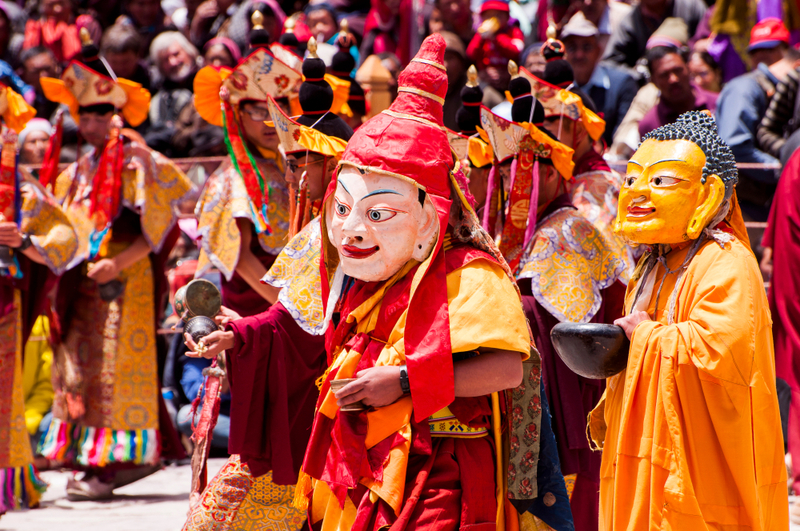
Chau Jhumur Utsav, Purulia (West Bengal)
Purulia district in West Bengal is a great place for nature-lovers and architecture-enthusiasts. A trail of hills from the Eastern Ghats outlines the lush green landscape below and relics of stone temples standing on the red soil here lend a rustic charm to the place.
The Chau Jhumur festival held here is essentially a celebration of folklore and mythical tales. The ‘Chau’ dance is an enactment of these tales and finds a place in the Representative List of Intangible Cultural Heritage of Humanity by UNESCO (2010). ‘Jhumur’ is the language used by many communities in this region and the singers who perform at the festival.
This three-day festival in December welcomes thousands of artists from different communities living across the district to perform the highly energetic Chau dance and sing Jhumur songs based on folk tales or mythology. There is also music played using traditional instruments to complement the act.
Over time, the artists have started including enactments of modern-day events, such as the Kargil war. Architecture enthusiasts must include a visit to the 8th-century Jain Temple in their itinerary. The Jharnakocha cave and the Joychandi Hills are great places for a small, old-fashioned picnic and a trek.
The use of masks in Chau dances is to show the aggressive face of a person, who has to appear strong and determined in the face of adversity. Makes us think of the use of uniforms or dress codes in cities for one’s profession or duty. Doesn’t it?
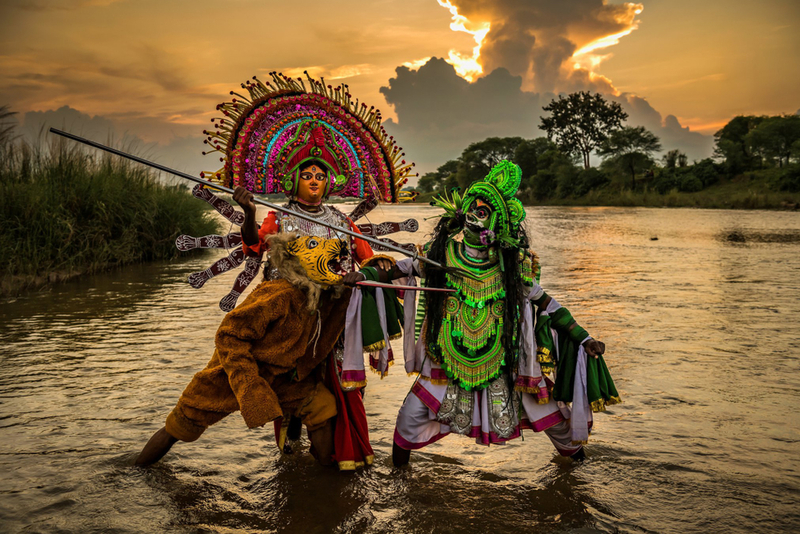
The Hornbill Festival, Kohima
The bird Hornbill was once commonly found across the hill forests of Nagaland. The bird is on the verge of extinction now, but it has been a common symbol of respect for the Naga tribes and also features in their folklores. Perhaps, that is the reason why this festival, which celebrates their culture and traditions, is named after the bird.
Held in December every year at the Naga Heritage Village, this event was conceptualised for maintaining harmony and peace among the indigenous tribes here. The tribals put up performances to celebrate their cultural heritage, wearing their handmade outfits, elaborate headgear, and bold and vibrant ornaments.
There is also the customary singing, dancing, drinking and eating that brings the locals together. The state’s Tourism and Art & Culture Department opened up the festival to tourists, so they can partake in the Naga traditions and experience their unique culture through such events, food and more.
Isn’t it interesting that a single festival represents all of the Naga tribes, their diverse cultures, and their simple lifestyle? Whereas, with us city-dwellers, festivals often reflect the divide between different socio-economic classes rather than the cultural nuances of different communities.
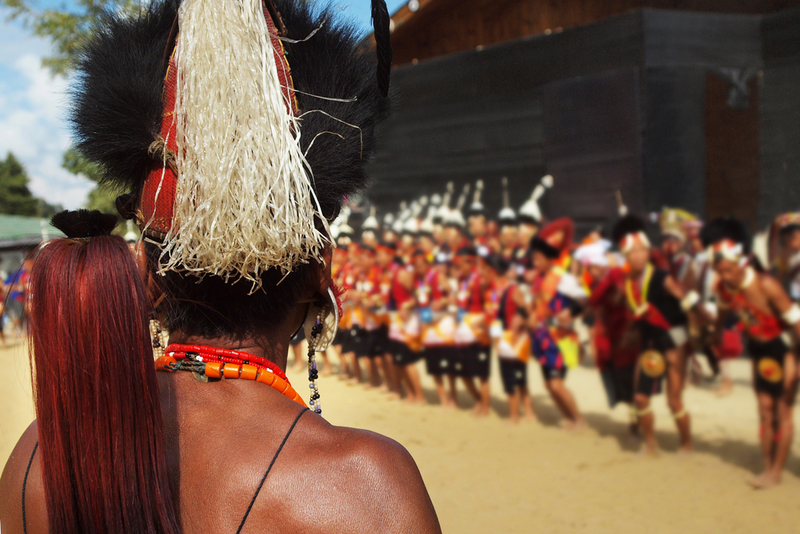
Rann Utsav, Kutchh
The identity of the desert of Kutchh has grown beyond its golden-white sands after Gujarat’s tourism department designed the ‘Rann Utsav’. The people of Kutchh may have moved onto modern living but their strong-rooted customs and traditions still retain their original rural flavour, which is prominent across the thematic festival.
High on experiential value, the festival offers its guests different stay options such as a mud house or even ‘glamping’ (glamorous camping) in its tent city, which is also the primary venue for most cultural programs and many adventure activities. While a moonlit night is considered to be the best time to visit the desert, clear, dark skies are most preferred by stargazers. Irrespective, the feeling of cold sand beneath your feet grounds you enough to feel one with nature and enjoy the moment.
The festival also extends to locations away from the tent city to include interesting architectural landmarks, places otherwise less visited, and workshops where artisans create utility and decorative items from scratch. The winter months of November to February, when the fiesta is held, make the visit more pleasant for its guests.
One feels easily absorbed in the planned activities, forgetting the concept of time only until hunger strikes. The meals and the generous hospitality make you wonder when again will you be served food, love and most importantly, the time to relish it all. Perhaps, it is best to act like sand in an hourglass and go with the flow.
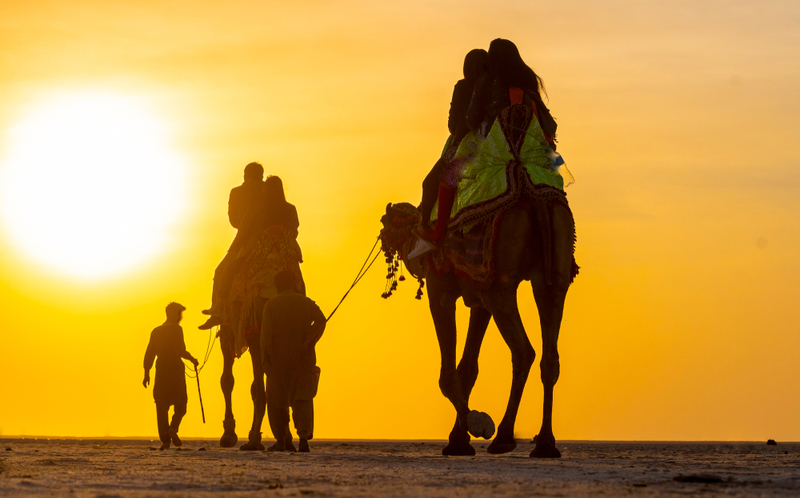
Island Tourism Festival, Port Blair
The pristine beaches and emerald blue waters of the Andaman and Nicobar islands have been tourist attractions for ages. However, not many tourists pay attention to the cosmopolitan society and culture that exists here. The inhabited islands function pretty much like our cities, only at a different pace and with a seascape for a view.
The 15-day Island Tourism Festival is flagged off in the first week of January every year. The main events are organised at Port Blair and an extension of the same with other programs is conducted at other islands such as Car Nicobar, Havelock, and Neil, among others. This is the only time, when even the locals turn into enthusiastic tourists, wanting to be at places to witness cultural performances.
The administration here arranges for gigs by local artists, who perform in the official language. Other than that, artists from Bollywood, popular music bands, dancers, actors for plays, and even stand-up comics are invited for performances. While such programs make the island nights more happening, food courts, shopping arenas, fairs and a carnival are arranged for daytime celebrations.
Like any other gala, the Island Tourism Festival only gives you one more reason to visit the Andaman and Nicobar islands. Though culturally, the experiences may seem familiar but to be able to celebrate the differences or similarities with other peoples, is spiritual growth in itself.
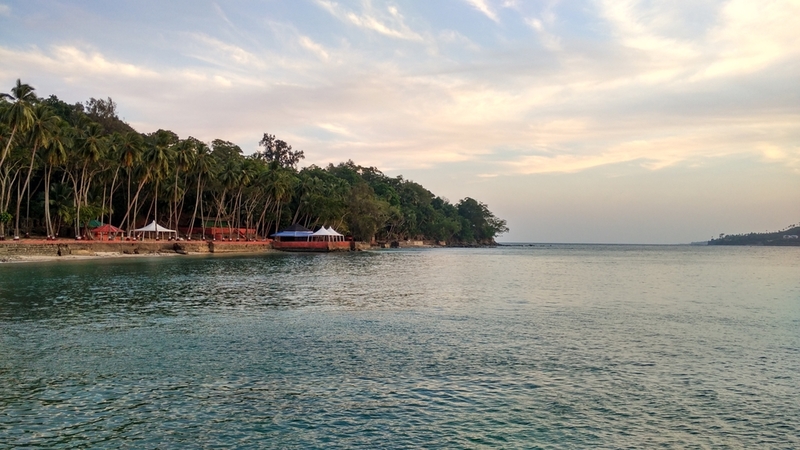
These festivals offer us a purpose, a motive to step out and visit lands unknown, and meet and mingle with those who may have fresher perspectives; to adjust to less comfortable or outdoor situations. Such experiences help expand your mindset and challenge you physically and once you adapt to the circumstances, you return to work as a new, evolved you.
Click here to see references
Disclaimer- The views and opinions expressed in this article are those of the author's and do not necessarily reflect the official policy or position of M3 India.
Pictures are sourced from licensed stock photography. All pictures are for illustrative purposes only.
-
Exclusive Write-ups & Webinars by KOLs
-
Daily Quiz by specialty
-
Paid Market Research Surveys
-
Case discussions, News & Journals' summaries